Top five worst cycling inventions
While there have been plenty of great cycling innovations, there have been some stinkers too. Here's our pick of the five worst inventions ever to grace the world of cycling.
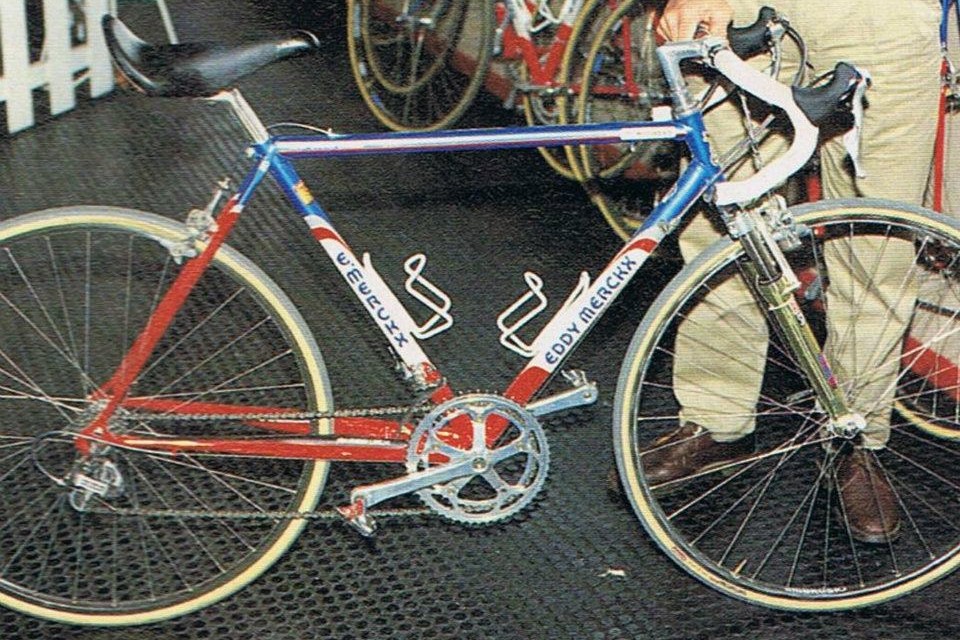
1. Steve Bauer's Eddy Merckx Stealth bike
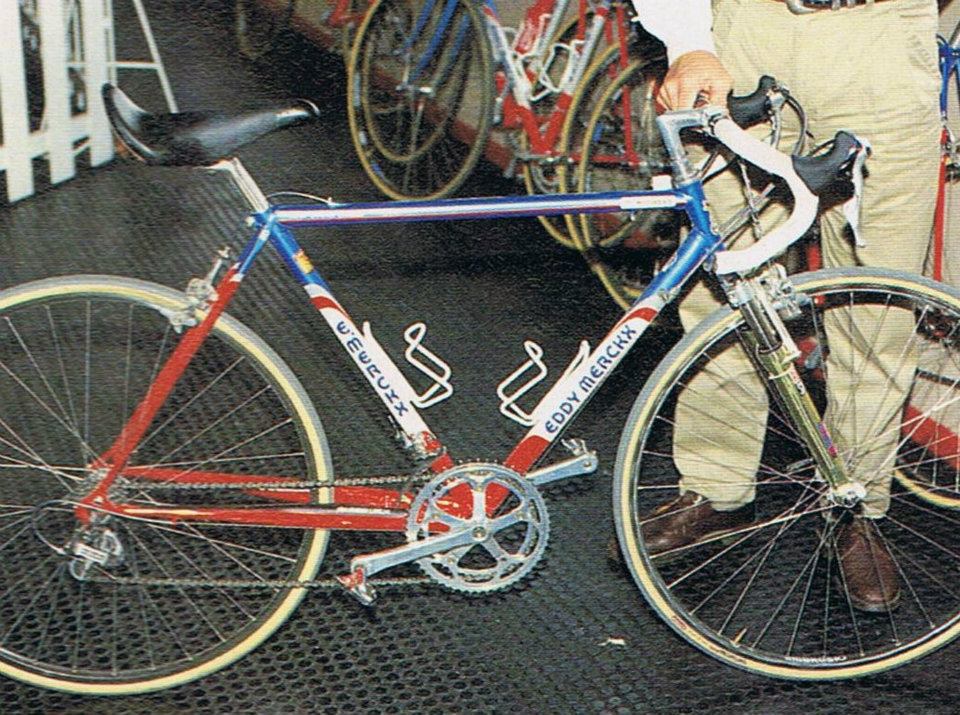
The rigours of Paris-Roubaix requires some pretty special equipment, but Steve Bauer took things a step further in 1993, riding a radically designed bike that would take the sting out of the infamous pavé.
>>> The top 10 road bike innovations
With a 60º seat tube angle, a whopping 109cm wheelbase and Rock Shox suspension fork, the super-comfortable bike was a dream to ride over rough surfaces, but the bad news for Bauer was that with four fifths of Paris-Roubaix made up of normal tarmac, it was a bit rubbish for the rest of the race, and the Canadian would eventually finish in 21st position.
2. Spinergy Rev-X wheels
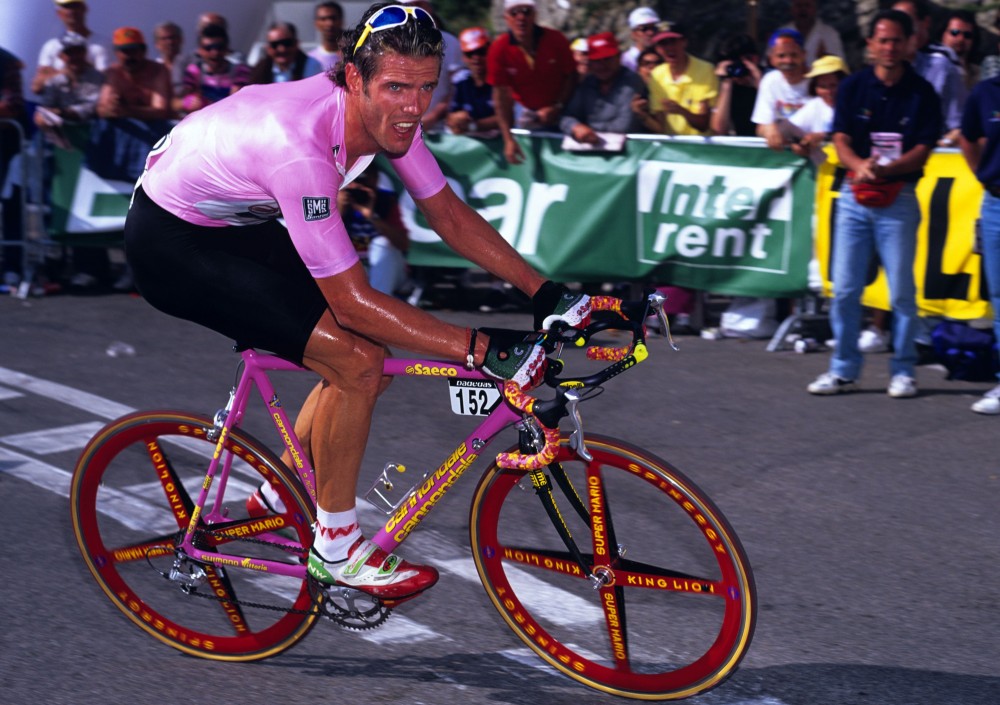
The 1990s were heady days for the bicycle designers. Nothing was off-limits, so this was clearly the one point in history where something like the Spinergy Rev-X wheels could emerge. With eight carbon-bladed spokes they were certainly aerodynamic, and saw much use in the contemporary pro peloton.
>>> The top 10 game-changing road bikes
However there were two drawbacks. Firstly, despite being aerodynamic, they weren't actually that good, being both flexy and weighty. A bigger issue though, was that they could be seriously dangerous. Not only were the carbon spokes liable to cracking, but having their sharp edges flying through the air was always a recipe for disaster. In fact, they were eventually banned by the UCI, reportedly after a rabbit was killed in a cyclocross race and Paolo Bettini cut his hand in a crash.
Watch: How much speed can you buy? (video)
The latest race content, interviews, features, reviews and expert buying guides, direct to your inbox!
3. Shimano Biopace chainrings
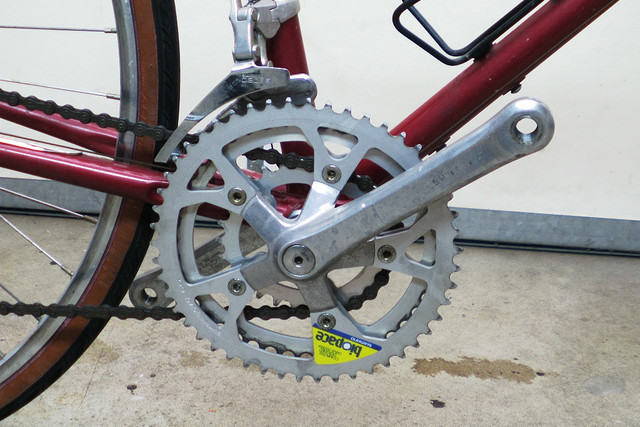
Non-round rings have enjoyed significant success in recent years, with Bradley Wiggins and Chris Froome both buying into the thinking that the rings help to extend the amount of time a rider spends in the power phase of the pedal stroke, thus helping you ride faster for the same amount of power input. But despite this, there's still considerable debate about whether products such as Q-Rings and Osymetric rings actually work.
>>> The five sexiest superbikes of 2016 (video)
However, one product that didn't work was Shimano's Biopace chainrings, which had a similar design, but with the chainrings rotated to a different angle. In effect this meant that the time spent at the dead spots of the pedals strokes was increased, and the time spent putting down power was decreased: far from ideal.
4. Cinelli Spinaci bar extensions
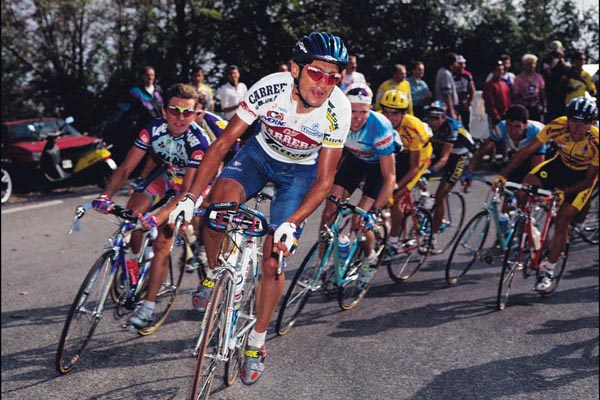
In and of themselves, there was absolutely nothing wrong with Cinelli's Spinaci bar extensions. Set up correctly they were essentially a more comfortable version of time trial bar extensions, designed to give a more aerodynamic position but without discomfort over long hours in the saddle.
What made the Spinaci's not only ineffective but also pretty dangerous was the way they were used and set up. During their time in the pro peloton, many riders either had them set up too low, meaning a loss of power, or too high, negating any aerodynamic advantage, while having 200-odd riders racing at high speed without having quick access to the brake levers was always going to be a recipe for disaster. No wonder the UCI would eventually ban them in 1997.
5. Mavic Mektronic wireless shifting
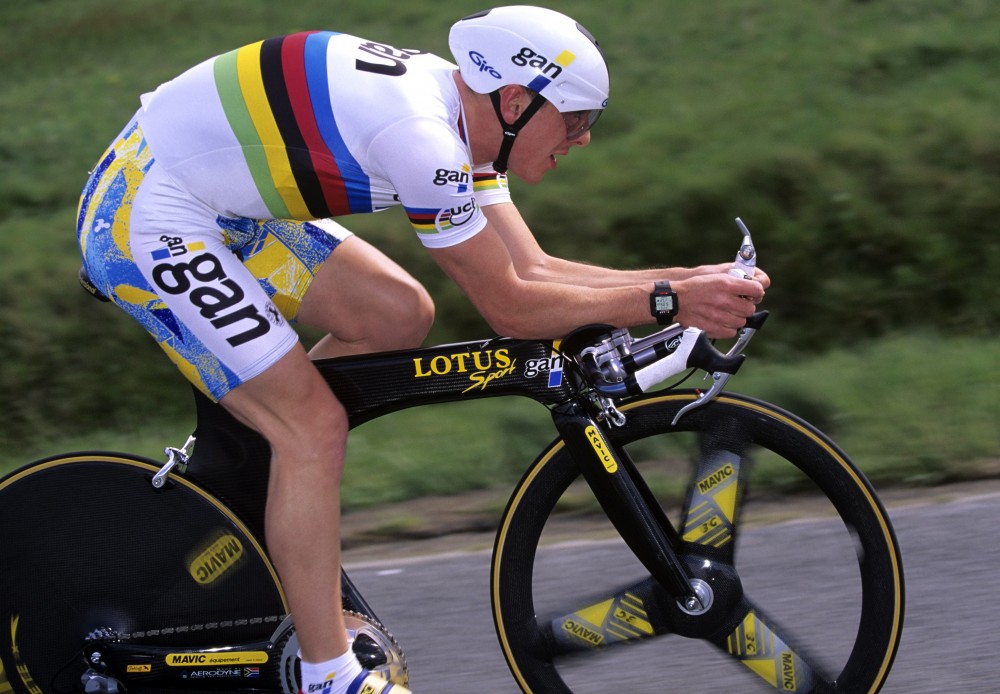
With the fanfare that accompanied the launch of the wireless SRAM Red eTap groupset earlier this year, you'd be forgiven for thinking that this was the first wireless groupset the world had ever seen. But in fact it was way back in 1999 that the first such system was launched, the Mavic Mektronic groupset.
>>> Are electronic groupsets necessary?
Despite being highly innovative, there were a number of reasons that the system didn't take off. Firstly the wireless shifting only applied to the rear derailleur, with the mechanical shifting of the front derailleur clunky at best. The shifters were also incredibly ugly and the shifting could also be sluggish, and, because the system worked using radiowaves, could be disrupted whenever you rode near a broadcast tower, giving the rear derailleur a mind of its own.
Henry Robertshaw began his time at Cycling Weekly working with the tech team, writing reviews, buying guides and appearing in videos advising on how to dress for the seasons. He later moved over to the news team, where his work focused on the professional peloton as well as legislation and provision for cycling. He's since moved his career in a new direction, with a role at the Department for Environment, Food and Rural Affairs.